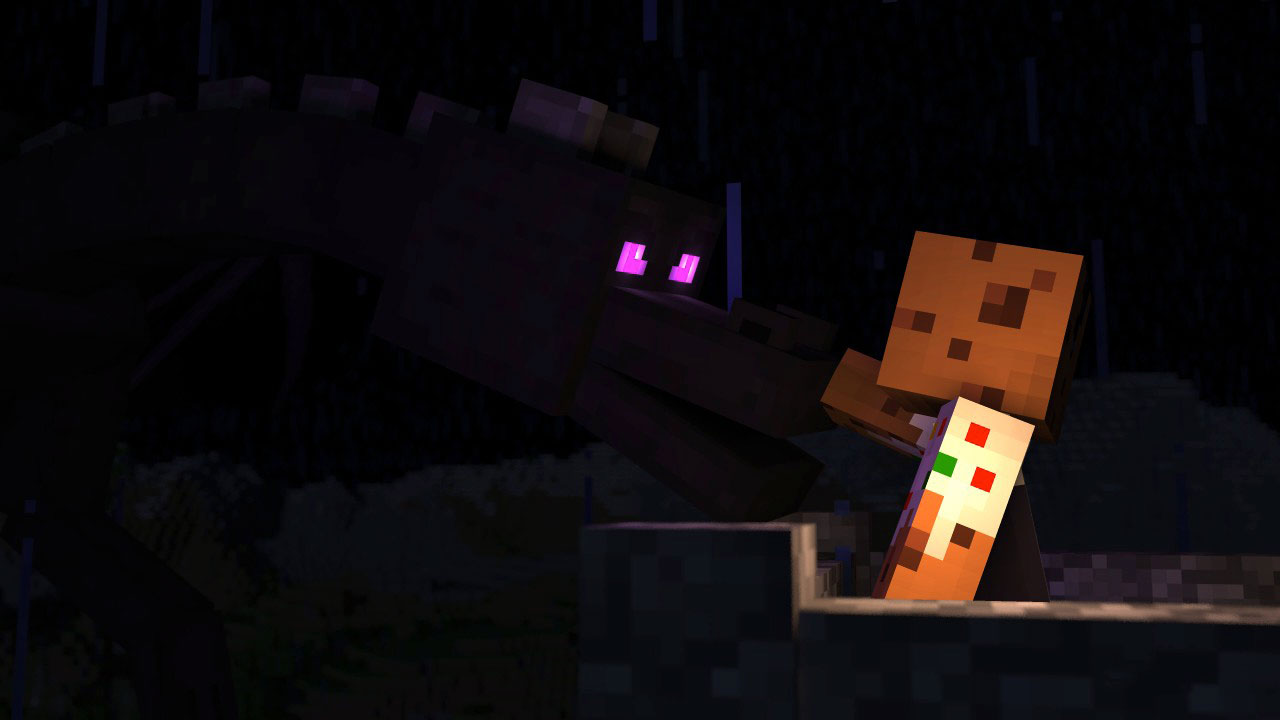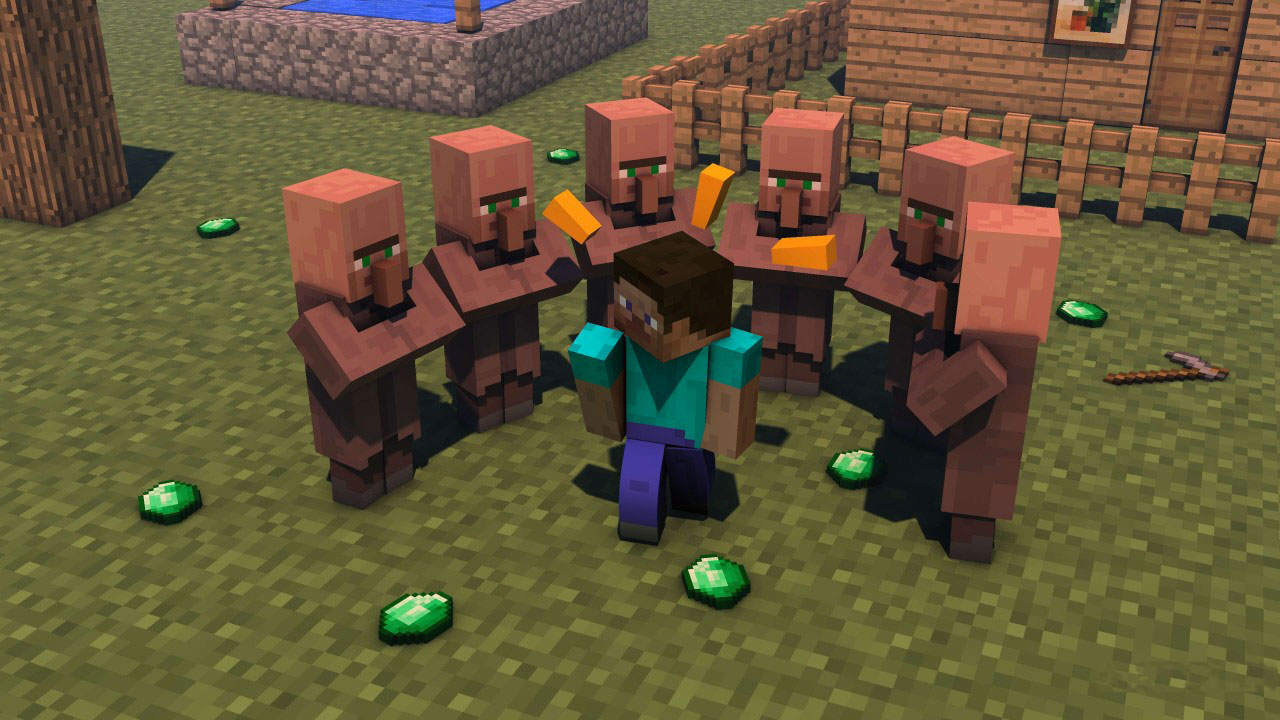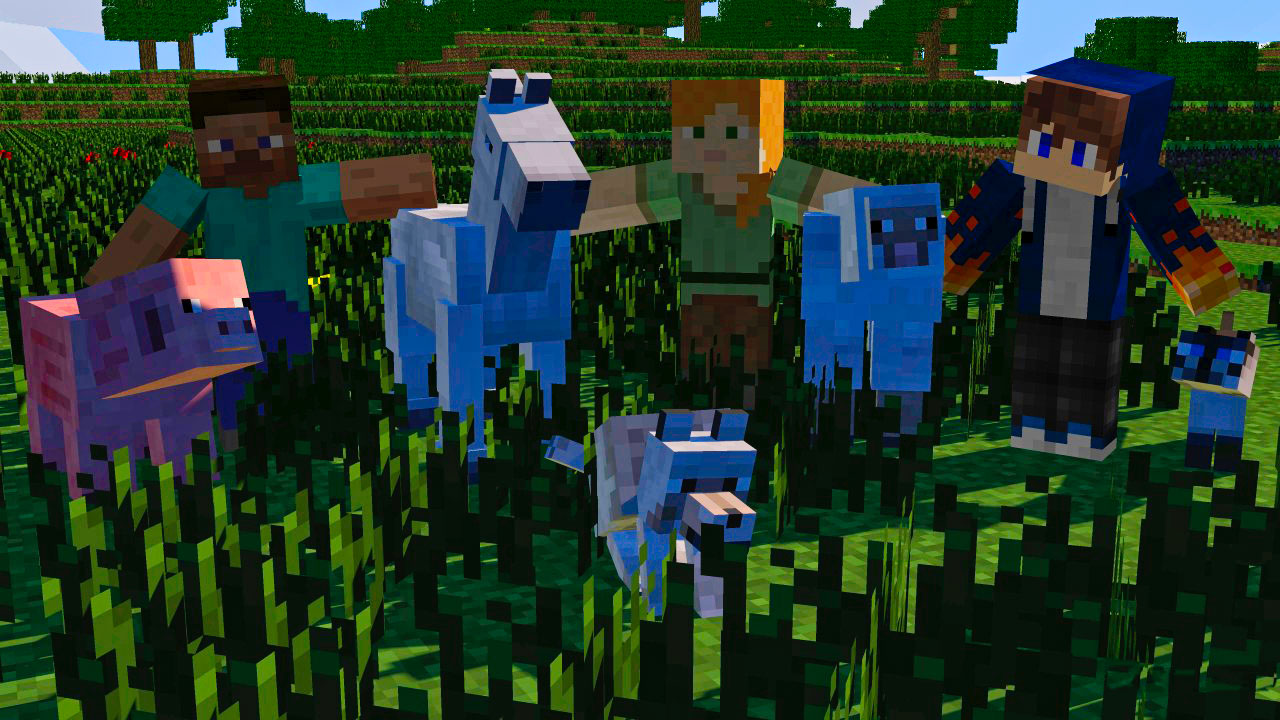The Ender Dragon is a hostile and hazardous boss mob that appears in The End.
Since Beta 1.9 pre-release 6, a single Ender Dragon appears in every world’s End, and will be fought and killed. She swoops at the participant, destroying any blocks she passes through, except Obsidian, indestructible blocks (such as Bedrock), Iron Pubs, and End Rock. Once an Ender Dragon is killed, an End Gateway shows up in the vicinity, with a dragon egg at the top. The end gateway qualified prospects to the “Outer End”.
Upon defeat, the Ender Dragon performs an exploding animation and releases around 12,000 Experience Orbs (which have a player without experience to around level 78), activates the Exit Portal, and creates a dragon egg together with the portal frame.
When one Ender Crystal is placed on each edge of the exit portal-for a total of 4-then the dragon will appear again. Nevertheless, when beaten, she drops much less experience and no dragon egg.
The Ender Dragon is a large, black dragon with shimmering purple eyes. She actually is the third-largest mob in the overall game. Just the unimplemented giant is larger. She has a few dark gray features, such as the wings, and different other parts of her body. Like the eyes of endermen and Spiders, the Ender Dragon’s eye are visible through darkness, therefore the player can easily see her via anywhere in The End.
Ender Dragons attack by charging at the player’s lower waist, with their wings folded and diving downward. If strike with anything while swooping towards the player, even a fist, she will change and fly apart. Ender Crystals that take a seat on top of the Obsidian Towers will heal her. The Ender Dragon flies around the sky and shoots purple fire fees (Ender Acid). After a while, she will go down and hover above the inactive End Portal while constantly spraying Ender Acid out of her mouth area, similar to how a dragon breathes fire when attacking.
The 5×5 obsidian platform spawn point may not be directly hooked up to the guts island of the End. Consequently, a bridge might need to be built. It is a good idea to provide scaffolding blocks to the End, particularly types the Ender Dragon cannot destroy (e.g., obsidian and iron bars), to ensure that the participant can access the main island. The alternative is to bring
Ender Pearls. Once they possess entered the End, it is very important to eliminate as many of the Ender Crystals as possible before going following the boss, preferably with a bow or Snowballs, though it will end up being essential to climb a few of the towers to break Iron Bars around some of the crystals.
However, climbing the obsidian towers can be extremely dangerous ,as there exists a high chance of falling off and dying, and also if the player will not fall off, the Ender Dragon will probably knock the player off anyway.
Afterwards, the player need to defeat the actual Ender Dragon. A skilled archer with a powerful bow can deal a whole lot of damage to the Ender Dragon. Nevertheless, when the dragon is usually perched on the exit portal, it becomes necessary to use a sword.
Take anything to The End that may be possibly required. The most severe issue about The End is the potential to run out of assets and get trapped.
Put on a pumpkin in The End to ensure that Endermen won’t attack, but beware that reduces just how much armor the participant can have and severely impairs vision.
Focus on the Endermen, and also the Ender Dragon. The Enderman have just as much of a chance to kill the participant as the Ender Dragon if a pumpkin isn’t being worn.
Never stay in one place. If timing movements appropriately, it is very hard for the Ender Dragon to score a hit.
Have enchanted weapons and armor. Enchanted bows and swords trigger more significantly more harm to Endermen and the Ender Dragon, while enchanted armor gives more security from damage.
If possible, fight the dragon as an organization. Attempts to eliminate the Ender Dragon with just one single person is considerably more difficult.
Hitting the head of the dragon offers the full harm of the weapon; striking her somewhere else deals 25 % of the regular damage.
Look up whenever you can to limit attention received simply by Endermen in the event that not wearing a pumpkin.
The only way out is death if there are no more resources.
Beds found in the End explode. Caution should be exerted by doing this, but exploding beds when the Ender Dragon is certainly perched on the Exit Portal may be prudent.
The best time to open the inventory is right after dodging an attack, as it would be the greatest between the Ender Dragon’s next attack-which might even kill the unaware.



